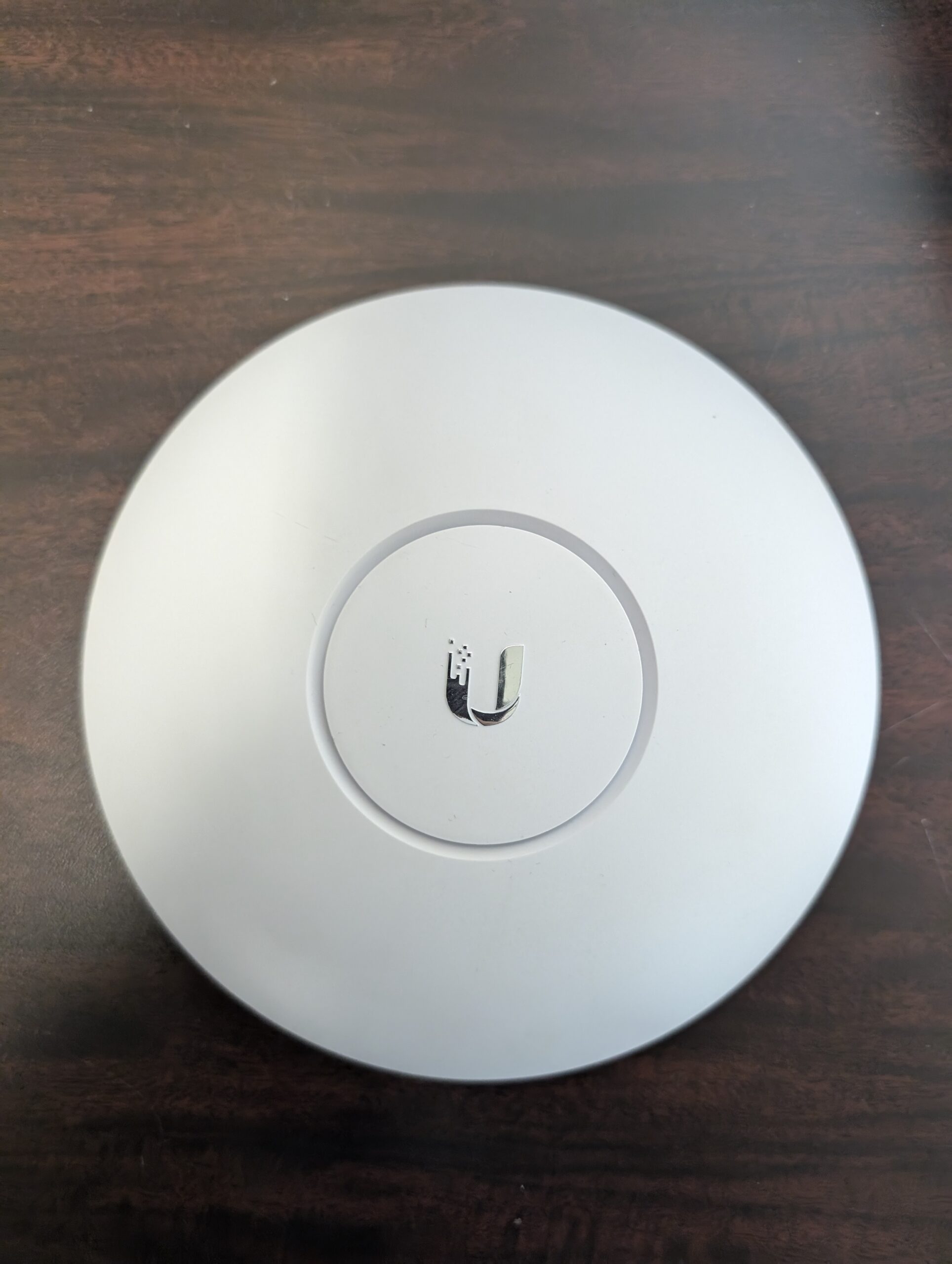Wi-Fi technology has evolved rapidly over the years, with each new generation promising faster speeds, lower latency, and improved performance. Wi-Fi 7, the latest iteration, is no exception. Billed as a game-changer with its theoretical speeds of up to 46 Gbps and enhanced capabilities, Wi-Fi 7 is generating considerable buzz. However, despite its promising features, Wi-Fi 7 isn’t quite ready for primetime. Here’s why hotels, businesses, and consumers should hold off on adopting Wi-Fi 7, at least for now.
1. Lack of Device Support
One of the primary reasons Wi-Fi 7 isn’t ready for widespread adoption is the lack of compatible devices. While some manufacturers have announced Wi-Fi 7-enabled routers and access points, most smartphones, laptops, tablets, and IoT devices currently in use support Wi-Fi 6 or Wi-Fi 6E at best. It will likely take years before Wi-Fi 7 becomes a standard feature in consumer electronics.
Without widespread device support, upgrading to Wi-Fi 7 infrastructure won’t offer much benefit. Even if you install Wi-Fi 7 access points, the devices connecting to your network won’t be able to take full advantage of the new technology, rendering the investment premature.
2. High Costs and Limited ROI
Early adopters of Wi-Fi 7 will face higher costs, not only for the new routers and access points but also for upgrading the necessary infrastructure. These costs can be substantial, especially for large-scale deployments in businesses or hotels.
However, given the current lack of compatible devices, the return on investment (ROI) for Wi-Fi 7 is limited. Businesses may not see significant performance improvements that justify the expense, making it a less-than-ideal choice for those looking to maximize their budget.
3. Theoretical Speeds vs. Real-World Performance
Wi-Fi 7 promises eye-popping theoretical speeds of up to 46 Gbps, but real-world performance often falls short of these advertised figures. Factors such as interference, network congestion, and device capabilities can all impact actual speeds.
In practice, the difference between Wi-Fi 6E and Wi-Fi 7 may not be as noticeable for most users, especially in environments where ultra-high-speed connectivity isn’t essential. Unless you’re running bandwidth-intensive applications that require blazing-fast speeds, Wi-Fi 7’s theoretical advantages may not translate into tangible benefits for your network.
4. Immature Ecosystem
Wi-Fi 7 is still a relatively new technology, and its ecosystem remains immature. This includes not just the lack of compatible devices but also limited support from network management tools, firmware updates, and troubleshooting resources.
As with any emerging technology, early versions of Wi-Fi 7 hardware and software may suffer from bugs, instability, and a lack of optimization. Businesses that rely on stable and reliable Wi-Fi performance may find themselves dealing with growing pains as the ecosystem matures, potentially disrupting operations.
5. Compatibility and Backward Compatibility Issues
One of the challenges with adopting a new Wi-Fi standard is ensuring compatibility with older devices. While Wi-Fi 7 is designed to be backward compatible with previous generations, there may still be issues with seamless integration.
Older devices may experience performance drops or connection stability issues when trying to interact with Wi-Fi 7 networks. For environments like hotels, where a wide variety of guest devices connect to the network, these compatibility concerns can lead to a poor user experience.
6. No Killer Application Yet
In previous Wi-Fi upgrades, there have often been “killer applications” or use cases that made the new technology a must-have. For example, Wi-Fi 6 brought significant improvements in handling dense device environments, making it ideal for locations like stadiums, offices, and large hotels.
So far, Wi-Fi 7 lacks a compelling application that would make upgrading essential. While it offers improvements in speed and latency, most current use cases — from streaming to gaming to IoT applications — are adequately served by Wi-Fi 6 or Wi-Fi 6E. Without a clear need, the urgency to adopt Wi-Fi 7 remains low.
7. Regulatory and Spectrum Considerations
Wi-Fi 7 operates in the 2.4 GHz, 5 GHz, and 6 GHz frequency bands, with additional spectrum channels offering the potential for higher throughput and lower latency. However, regulatory bodies in different regions may take time to approve the use of these bands, which could limit the availability of Wi-Fi 7 in certain areas.
Additionally, spectrum congestion remains a concern, especially in urban environments where multiple networks compete for the same frequencies. Until these regulatory and spectrum issues are fully addressed, Wi-Fi 7 may not deliver its full potential in all regions.
8. Wait for Wi-Fi 6E to Reach Its Full Potential
Wi-Fi 6E, which extends Wi-Fi 6 into the 6 GHz band, is still relatively new and offers significant improvements in speed, latency, and device density compared to Wi-Fi 5. Many businesses and consumers have yet to fully transition to Wi-Fi 6E, and it remains a viable option for most applications.
Given the ongoing rollout of Wi-Fi 6E devices and infrastructure, it may make more sense to focus on optimizing Wi-Fi 6E networks before making the leap to Wi-Fi 7. Wi-Fi 6E provides a substantial performance boost and is likely to meet most needs for the foreseeable future.
Conclusion
While Wi-Fi 7 holds great promise for the future of wireless connectivity, it’s not yet ready for primetime. The lack of device support, high costs, and immature ecosystem make it a premature investment for most businesses and consumers. For now, focusing on optimizing Wi-Fi 6E networks and waiting for the Wi-Fi 7 ecosystem to mature is a more practical approach. As the technology evolves and gains broader support, the time will come to consider upgrading — but that time isn’t now.

